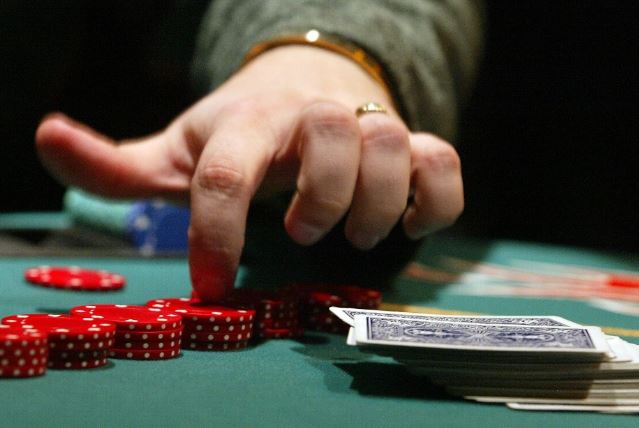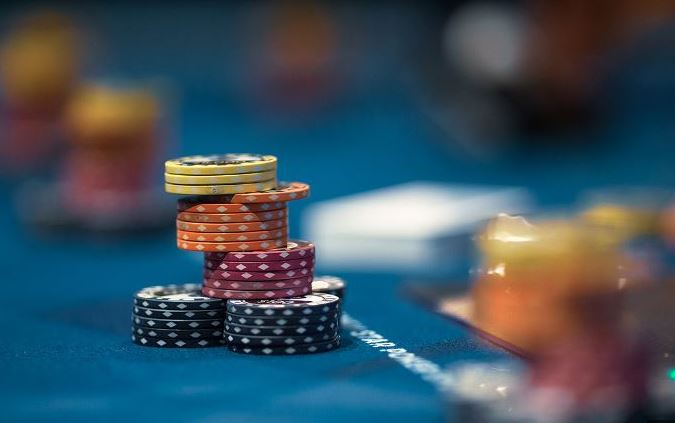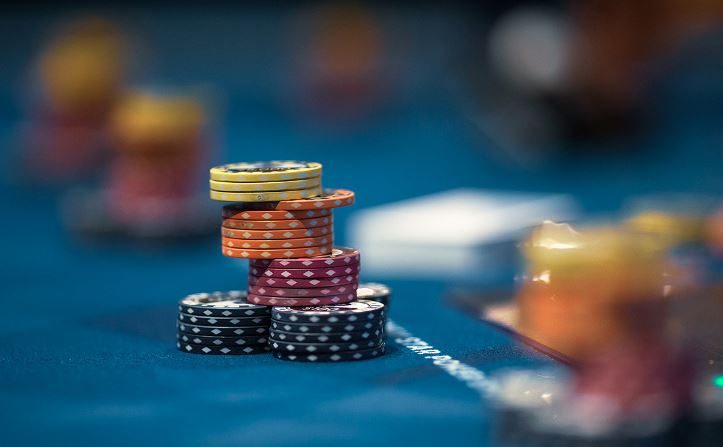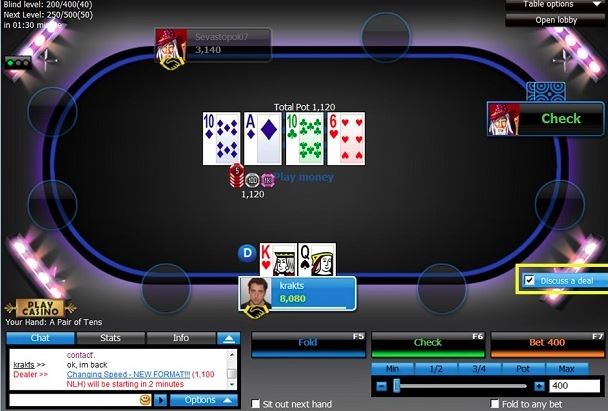Poker has taken the world by storm since its invention. The game involves bluffing, deception, luck, and skill, creating countless opportunities for players to earn large sums of money. In this article we’ll show you the exact tactics used by professional poker players – from basic strategy to advanced techniques.
Poker Player Standings
You might already play poker or even consider yourself a good player. If you want to improve your skills, however, you should take things further. Most casinos offer free lessons, but these don’t teach you the real secrets of the game. Playing against other opponents gives you some valuable insights into how they behave and what their weaknesses are. Even though you can earn a living playing poker professionally, there’s no guarantee you’ll win every time. There are, however, various ways to increase your odds. This guide will explain each of them and give you practical examples.
Table Games vs Hold’em
A lot of people think that hold’em is just about making the best hand possible to beat all others in the pot. That’s true enough, but it’s not the only way to play. You have numerous options when deciding whether to raise, fold, call, re-raise, etc. A few popular table games include:
Texas Hold’em
This is probably the most famous form of online poker. It consists of five cards being dealt face down with three community cards placed in the middle on top of the five. Each player is then allowed to check, bet, or raise according to his own strategy. After betting, everybody reveals his cards except the person who raised first. The player who makes the best hand wins.
Razz
Razz is similar to Texas Hold’em except that one card is hidden instead of two. Only after everyone bets do the cards come out. The player who holds the ace gets to discard any number of cards he wants. At the end of the round, the winner is determined by which player has the highest value hand.
Seven Card Stud
Seven Card Stud is played as an extension of traditional stud poker. Instead of having seven cards per player (as in Stud), there are eight. The dealer shuffles the deck and deals seven cards in addition to the original deal to the betting player in turn. The rules of Seven Card Stud are identical to those of regular stud poker except that the betting round happens twice.
Three Card Omaha
In Three Card Omaha, four cards are dealt face up and three more face down. Then, two hands are dealt at once face up. Players may either be dealt two cards (a flop) or receive a third card (an additional flush).
Strategy Guide
The following section covers some simple strategies that will help you to play better poker. For more detailed information, see our articles on strategy and psychology.
Basic Strategy
When you’re new to poker, you need to learn some basic concepts. These include knowing what types of hands you’re likely to get in different situations and how to use the available tools such as raising, checking, folding, etc. To start off, let’s look at how to calculate how much to bet.
Betting Calculations
If you want to maximize your chances of winning, you should choose the right amount to bet based on your current situation. You can find the right range by using your opponent’s previous actions and your own recent ones. With this knowledge, you can decide if you want to make a small bet or a big one.
Let’s say you’re facing someone who has been betting $0.10-$0.25 per hand. If you bet $1.00 per hand, you’ll know for sure that he would never go over $2.50. If he goes over $2.50, you won’t lose anything even if he folds to you because you’d still have $3.56 left. On the other hand, if you only bet $0.05, you’ll lose the entire pot if he calls. If he raises with $0.30, you’ll also lose, since it’s difficult to predict someone else’s future moves.
The Best Strategy
By now, you should have a pretty good idea when you need to fold and when you need to call. However, there are still times when you should check rather than call. Let’s take a closer look at why.
Checking vs Calling
A popular method of deciding whether to check or call is called the “Gambler’s Rule.” This rule states that if your opponent has not acted within the last few hands, it’s usually safe to wait until he does act before calling.
You Should Check
If your opponent checks every time, you should generally wait until he bluffs. This way, you don’t risk losing money by making a bad decision. Bluffing works like this: Your opponent thinks you’ve got a strong hand and decides to raise. He then reveals his hand, which doesn’t contain any good draws or suited connectors.
The Bottom Line
As we’ve seen above, most players think their opponents are bluffing at least half the time. So, you shouldn’t call unless they actually do. Furthermore, there are certain situations where you should always check instead of calling. By learning these situations, you can become a stronger poker player.










